Admiral Daryl Caudle, on his first overseas trip as chief of naval operations, asked whether South Korean and Japanese shipyards could help the US overcome its declining warship production.
The new US Navy chief said support from industrial allies could help buy time as US shipyards grapple with labor shortages, aging facilities and growing demand in the Pacific .
The US Navy needs support from allies.

The US is turning to South Korean and Japanese shipyards as it grapples with worsening production delays at home.
Adm. Daryl Caudle's trip to South Korea, Japan, Guam and Hawaii put shipbuilding, not fleet reviews or port visits, at the center of the agenda, with specific stops at HD Hyundai Heavy Industries and Hanwha Ocean to learn how partners can boost U.S. manufacturing.
In Hawaii, Caudle described the expansion as a rare joint effort between Congress , the administration and Navy leadership. In Tokyo, he publicly praised the scale and efficiency of Japanese shipyards, while warning that China's naval buildup was running out of time.
Behind the upbeat rhetoric lies a structural crisis that think tanks have been tracking for years. Analysts describe a US shipbuilding industry hollowed out by decades of commercial work moving overseas, leaving the Navy as virtually the only domestic buyer, while also exposing chronic shortages of skilled labor, crumbling infrastructure and fragile supply chains.
Shipyard times for both new construction and maintenance have lengthened, costs have risen beyond inflation, and production lines have struggled to accommodate design changes without constant delays.
A congressional study puts concrete numbers on the gap. As of early 2025, the Navy deployed fewer than 300 ships compared to its long-term goal of 355, while new plans have yet to balance the desired force structure with actual industrial output and budgets.
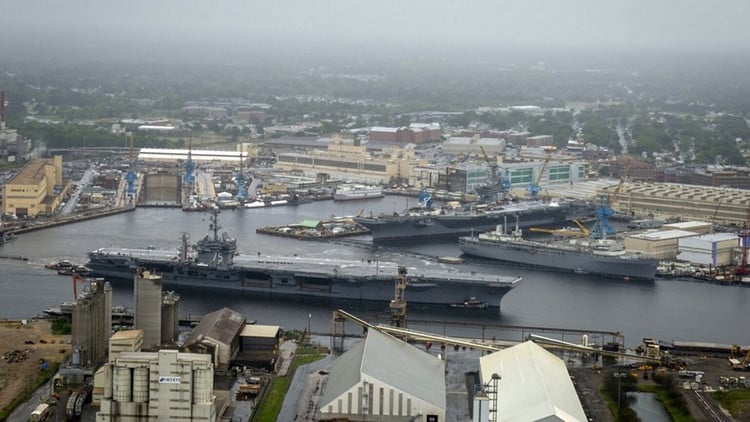
The US's ability to build new warships is in doubt with a target of 355 ships per year.
Construction of the Columbia- and Virginia-class submarines, the Constellation frigate program, and key amphibious and logistics ships are all facing schedule pressures, with each additional month of delay representing a year of lost combat power in the Western Pacific .
The bottlenecks are both technical and financial. Nuclear work is constrained by specialized welders and strict quality assurance procedures on submarines, while surface warfare lines struggle with complex radar masts, integrated electrical systems, and dense combat system spaces that are not easily automated.
Shipyard managers interviewed by Army Recognition described propulsion modules and cable-heavy mission bays as disruptive items, with late component deliveries causing work delays and reduced productivity. In that context, freeing up even a fraction of U.S. shipyard capacity becomes strategically important.
This is where South Korean and Japanese shipyards come in. Studies from major US think tanks suggest that the US should look to Northeast Asian shipbuilders not just as exporters but also as partners in rebuilding US maritime capabilities, citing their ability to produce complex hulls in large numbers.
A recent industrial agreement between HD Hyundai and Huntington Ingalls to jointly build auxiliary ships for the US Navy, backed by a major Korean investment commitment in the US shipbuilding industry, shows that the concept has moved from analysis to commercial reality.
Barriers make it difficult for the US to build warships abroad
In reality, allied shipyards are unlikely to start launching fully completed American destroyers, but some intermediate models are being considered. A phased approach is being eyed that focuses on three pillars: shifting much of the maintenance and overhaul work to allied facilities, creating a joint mine countermeasures effort with Japan, and using Japanese or South Korean shipyards to build hulls or large Arleigh Burke-sized modules that would then be fitted out and armed in the United States.

Admiral Caudle spent his first overseas trip in South Korea and Japan meeting with shipbuilders. Photo: US Navy.
Other options include building to print components for logistics ships or allied investment in underutilized US shipyards, essentially importing Asian manufacturing know-how without exporting the entire industrial base.
Any of these paths would run into sensitive issues of sovereignty and control. Advocates for the U.S. shipbuilding industry warn that outsourcing too much work would transfer American sovereignty, arguing that the solution is to rebuild domestic capacity rather than rely on foreign shipyards.
China has signaled that it views cooperation with allies as a threat, imposing sanctions on South Korean defense branches, a move widely interpreted as aimed at disrupting emerging US-South Korean industrial partnerships. Add to that “Buy American” rules, and political instincts still default to treating naval shipbuilding as a purely national enterprise.
Seoul and Tokyo’s geopolitical calculations are equally complex: South Korea is aggressively promoting itself as a global defense exporter and sees extensive shipbuilding cooperation with Washington as a way to cement that status, but it must balance US expectations, economic pressure from China and domestic labor politics.
Japan’s protracted debate over arms exports shapes the extent to which the government will allow shipyards to go further in building or refurbishing US warship hulls, even as analysts say a stronger Japanese defense industrial base is essential for a stable Indo-Pacific region.
Multiple assessments this year have shown that Chinese shipyards now have a huge advantage in capacity, with one major state-owned conglomerate reportedly producing more tonnage in a year than the entire US industry has in decades.
The Chinese navy has grown in numbers and continues to grow, thanks to its parallel military and commercial bases, which remain in a near-wartime state.
A review of recent Navy budget documents and congressional testimony shows the service is modeling scenarios in which allied shipyards could handle as much as 15 to 20 percent of auxiliary tonnage, and a significant portion of surface ship maintenance, by the early 2030s if regulatory and political hurdles are eased.
A senior industry executive, speaking anonymously, described the emerging concept as using allies to buy time while domestic shipyards modernize.
Recent images from Ingalls and Newport News show expanded automated panel production lines and robotic welding technology, but Caudle's comments about double-digit attrition rates underscore how long it will take to rebuild a stable, skilled workforce.
AUKUS concerns overshadow all of this. Studies warn that without a significant increase in US submarine production, Washington will struggle to meet both its own Virginia-class needs and its Australian commitments, with cumulative delays stretching into the next decade.
This reality is forcing policymakers to consider how a broader allied shipbuilding ecosystem, including Japanese and South Korean shipyards, can ease the pressure on US facilities, so that the most sensitive nuclear facilities remain on American soil.
Every destroyer, amphibious ship, or oiler delivered on time expands the Navy's options for distributed maritime operations, crisis response, and maintaining presence in the Western Pacific.
Each year of delay narrows those options and cedes the initiative to Beijing. The next 12 to 18 months will show whether Caudle’s Pacific tour marks the beginning of a transition.
Source: https://khoahocdoisong.vn/hai-quan-my-trong-cay-vao-nhat-han-de-dong-moi-tau-chien-post2149071730.html














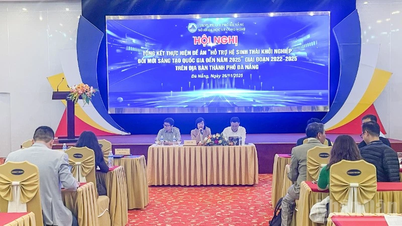








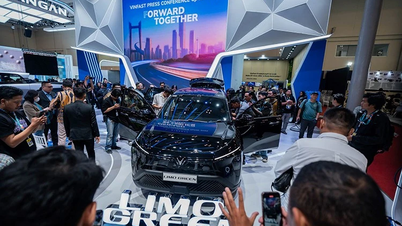























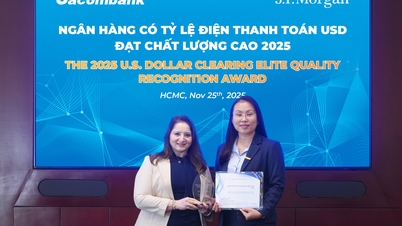

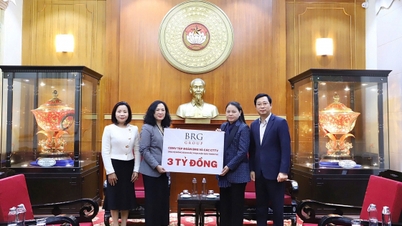

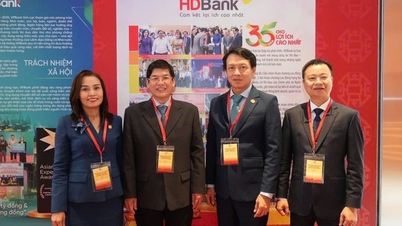
















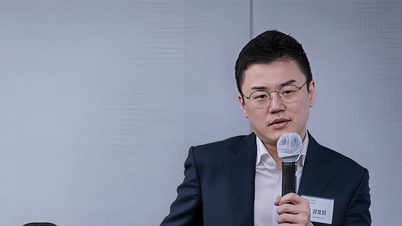




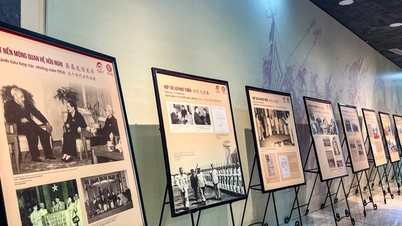



























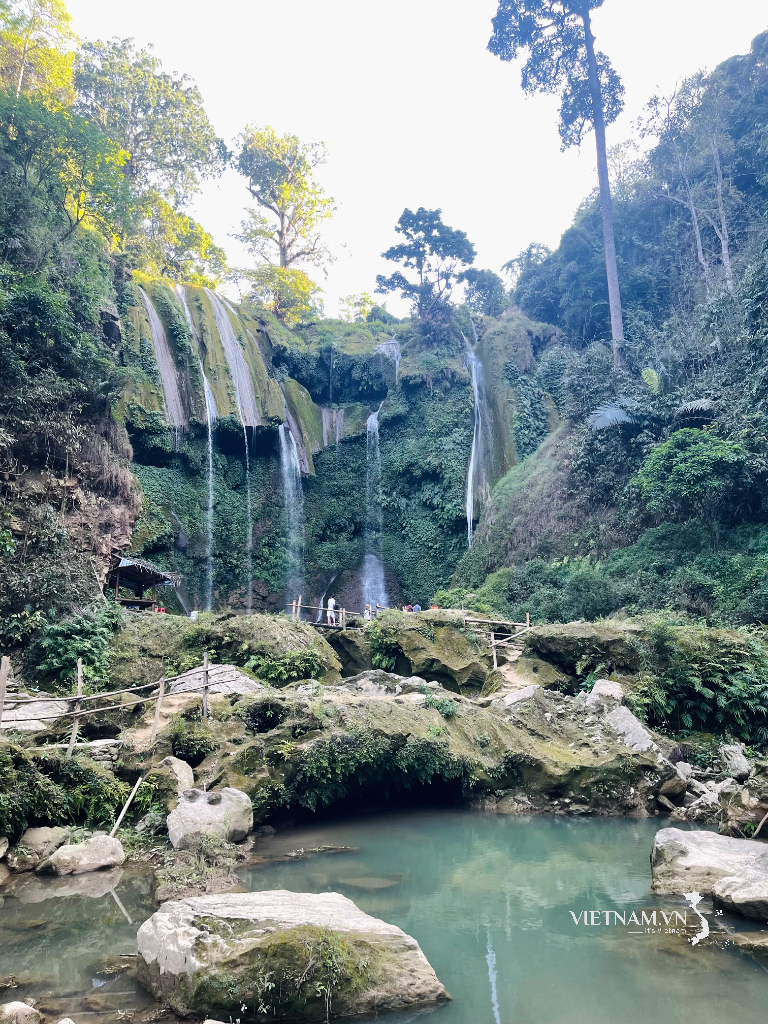


Comment (0)